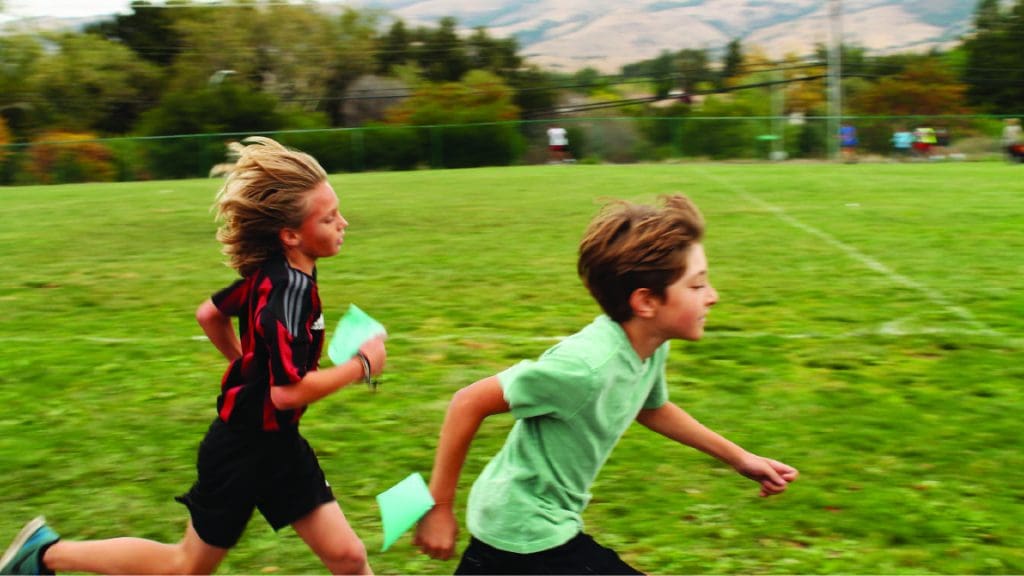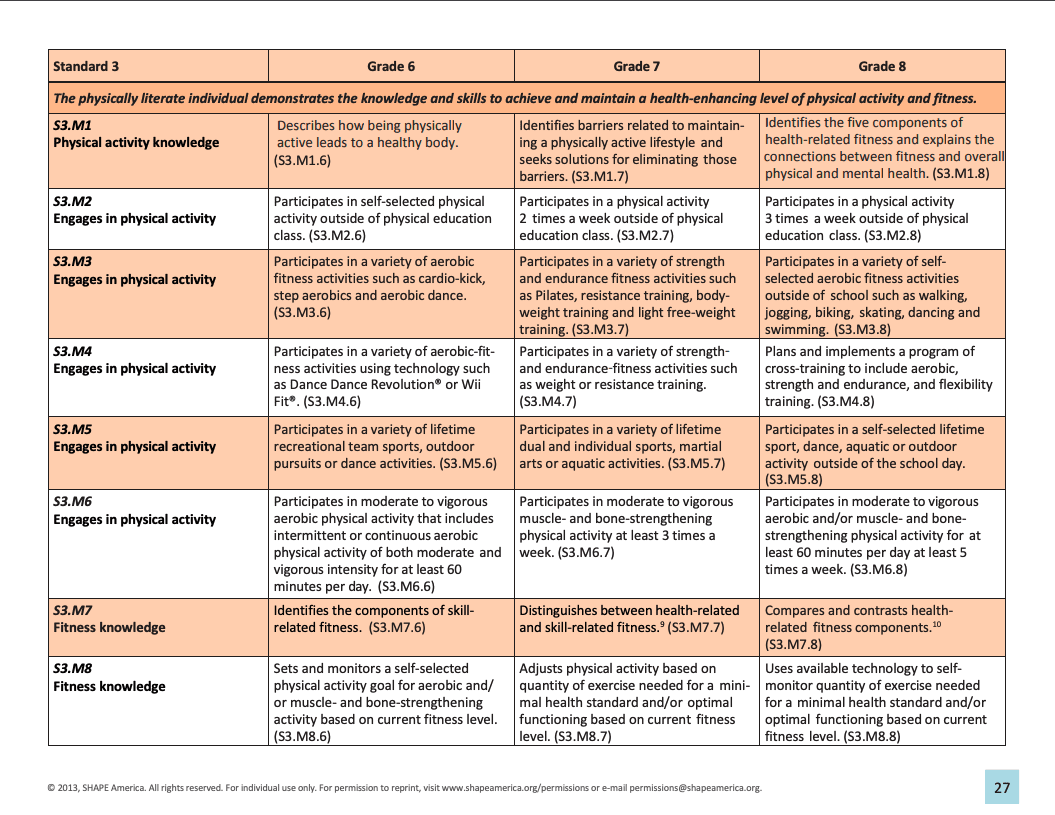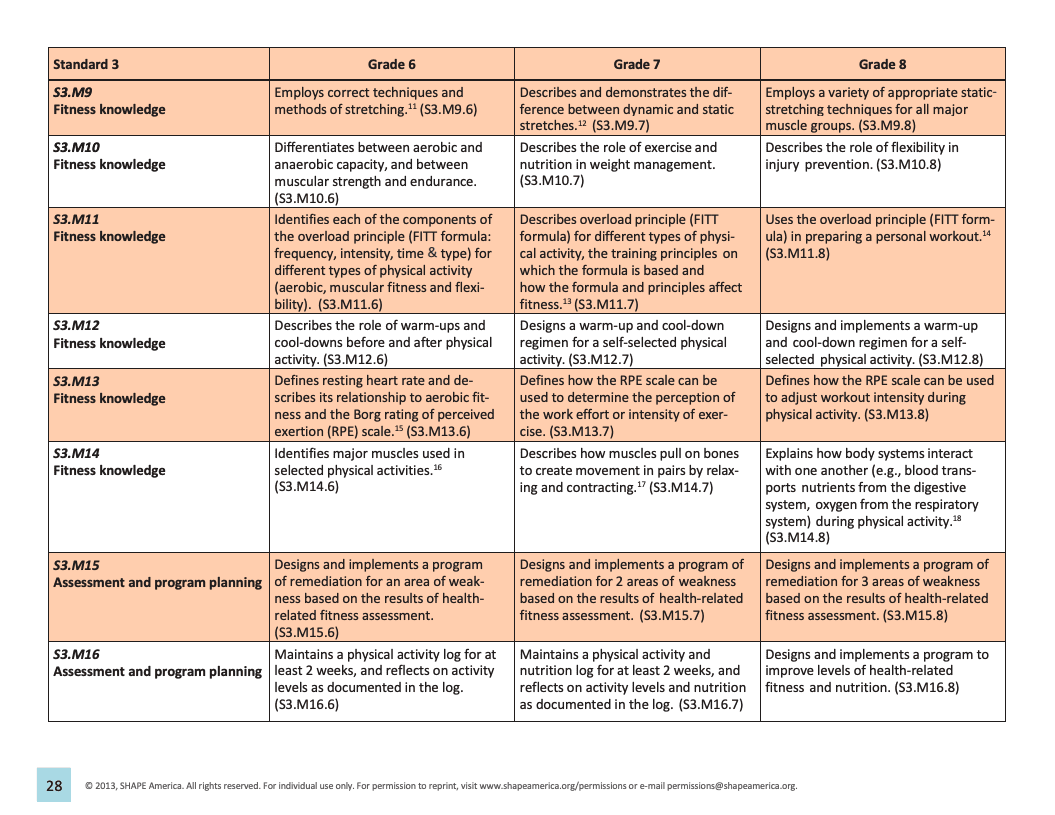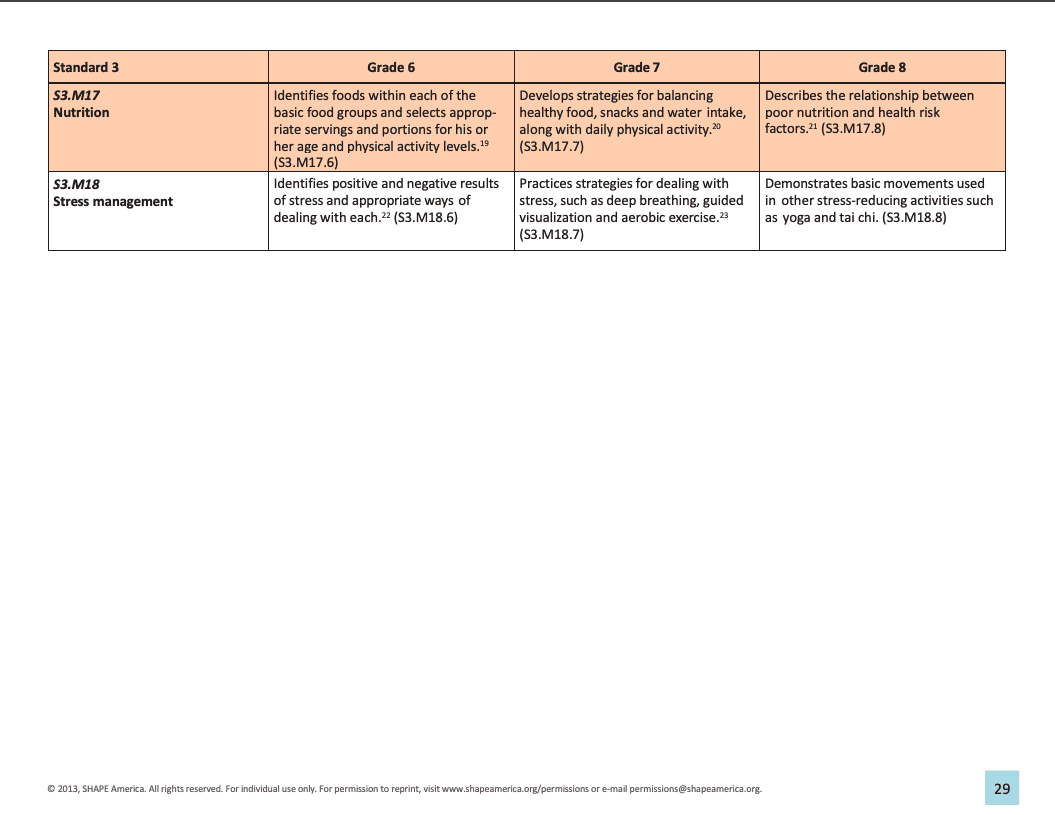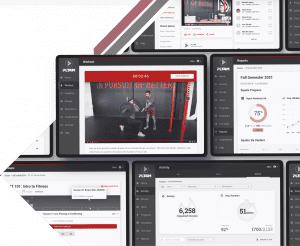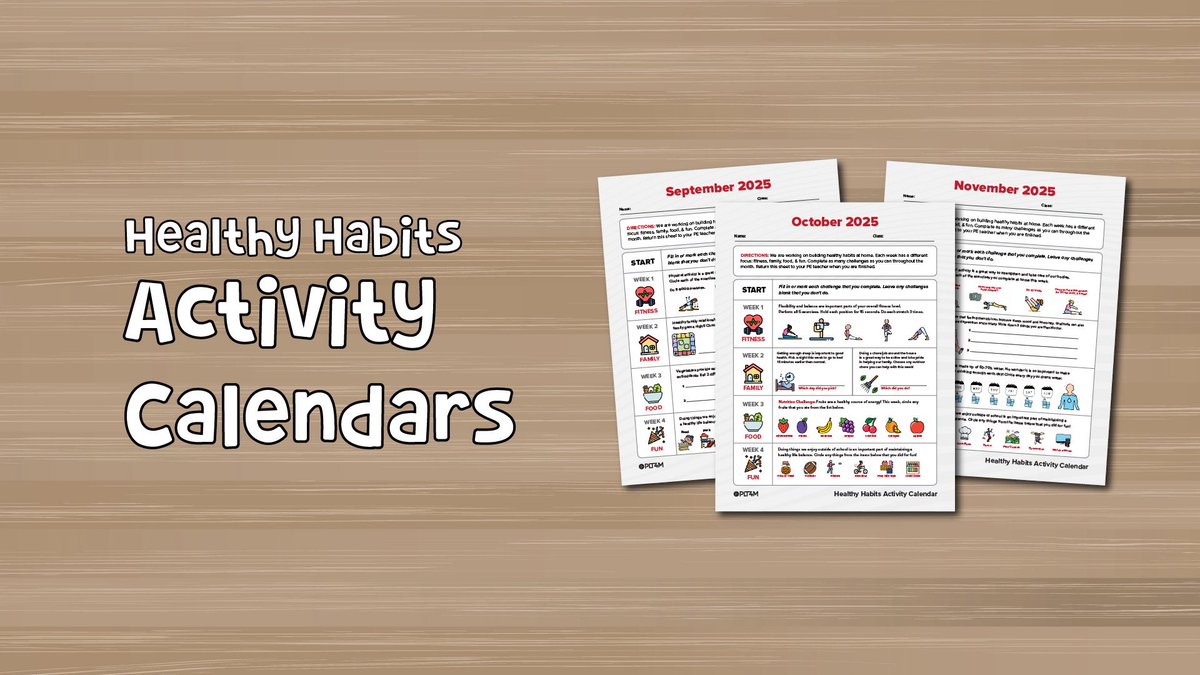The shape standards are the national PE standards utilized by schools across the country. We break down the shape standards, why they are important and discuss best practices in aligning with the national PE standards. In addition, we feature the Shape Standard Alignment and PLT4M program PDF that spotlights how PLT4M can help schools in the pursuit of a standard based PE program. Let’s dive in!
What Are The 5 Shape Standards?
Shape America (Society of Health and Physical Educators) is a national advocacy group for physical education. Over the years, Shape America has “served as the foundation for well-designed physical education programs” and has helped to define the makings of a quality physical education program.
Standard 1: The physically literate individual demonstrates competency in a variety of motor skills and movement patterns.
Standard 2: The physically literate individual applies knowledge of concepts, principles, strategies and tactics related to movement and performance.
Standard 3: The physically literate individual demonstrates the knowledge and skills to achieve and maintain a health-enhancing level of physical activity and fitness.
Standard 4: The physically literate individual exhibits responsible personal and social behavior that respects self and others.
Standard 5: The physically literate individual recognizes the value of physical activity for health, enjoyment, challenge, self-expression and/or social interaction.
Download The PLT4M Scope and Sequence
Explore the PLT4M Program Catalog and see how we help schools created student-centered, standards aligned programming.

Importance of National PE Standards
The shape standards, widely considered the national physical education standards, are significant to the world of physical education.
In the classroom, the national PE standards help to guide the content, curriculum, and instruction administered by physical educators. In addition, through the national standards, PE teachers can work to create well-designed physical education programs that empower long-term health, wellness, and fitness for students.
Within local school districts, it empowers key stakeholders and administrators to see the importance of physical education as a whole. As a result, school districts are more likely to support PE with resources and funding like any other subject with national standards (math, science, English).
And at a high level, the national standards help to foster credibility and respect for a subject that stereotypes of dodgeball and kickball have long plagued. By doing so, physical education can be viewed as a subject that will genuinely impact student performance and long-term health outcomes. In short, it makes the case for the importance of physical education!
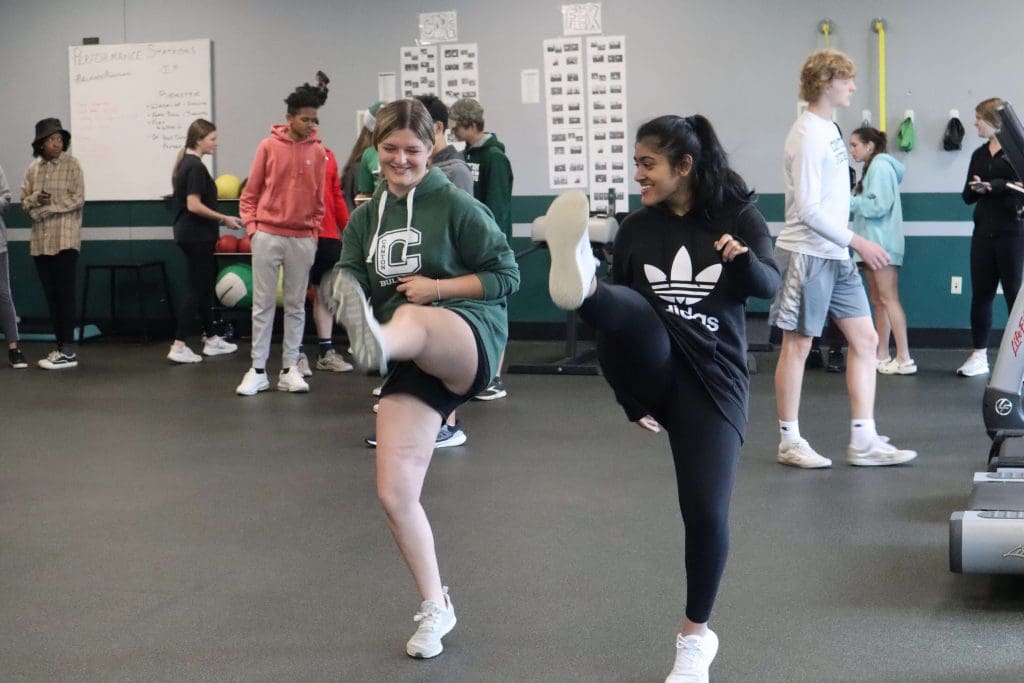
Challenges Around Shape Standards
While the shape america national standards are a helpful resource, they can be challenging to apply in the classroom. While the 5 national PE standards are concise and straight forward, each comes with grade-level sub-standards. Suddenly, PE teachers are combing through over 40 pages of shape standards and associated outcomes.
For example, let’s take a closer look at standard 3 for middle school. At a high-level, standard 3 says, “The physically literate individual demonstrates the knowledge and skills to achieve and maintain a health-enhancing level of physical activity and fitness.”
However, broken down, there are 18 sub-standards that have specific language and guidance for each middle school grade level (6,7,8). Taking all of these and figuring out which ones you hit and don’t hit can become time complicated and confusing.
If you hit some, but not all, are you achieving standard 3? Can you cover some of them in a yoga unit and others in a net games unit? What about the other 4 standards? The questions can become endless.
Christi Meyer, Lewiston High School (ID) PE department chair, describes the challenges of physical educators,
“There is no one set edition of a printed, published curriculum in which we can quickly just adopt and follow. It is with this freedom that comes a great responsibility to provide a quality, standards-based program for students.”
Making National PE Standard Alignment Manageable
Aligning your physical education program to shape standards doesn’t have to be complicated! First and foremost, the guiding mission of the national PE standards is to create a quality physical education program. While it might feel like all or nothing when it comes to standard alignment, it is widely encouraged to take small steps to achieve better alignment.
A simple first step is to see how your current curriculum compares to the national PE standards. You are probably closer than you think, and this process can help to identify areas of success and needs for improvement.
Next, professional development can be a powerful resource when looking to align your curriculum to shape standards. One of the core functions of Shape America is to support physical education teachers. State and national conferences help physical education teachers connect with each other and explore ways to better align to the shape standards. And if you can’t make it to a conference, countless PE teachers are willing to share and connect via virtual meetings and calls. We are all in this together!
Finally, physical education teachers don’t have to reinvent the wheel. There is professionally designed curriculum and content that meets the standards and sub-standards. Instead of creating your curriculum from scratch, explore the different programs and companies that have built out a comprehensive solution aligned to the national PE standards.
PLT4M Programs and Standard Alignment
Introducing the SHAPE National P.E. Standards & PLT4M Program Alignment Guide!
SHAPE America’s National Standards & Grade-Level Outcomes for K-12 Physical Education define what a student should know and be able to do as result of a highly effective physical education program. This guide demonstrates how the PLT4M programs align with grade level standards, helping you achieve and accomplish a standards-based curriculum.
The guide is organized in two different ways:
Breakdown by Standard – Build your curriculum based on a set of standards you’re aiming to meet.
Breakdown by PLT4M Program – Determine which standards will be met based on the PLT4M programs you’ve implemented.
Download The PLT4M Scope and Sequence
Explore the PLT4M Program Catalog and see how we help schools created student-centered, standards aligned programming.
Key Takeaways on Shape Standards
It is important to remember that there are many ways to approach physical education. While each school will tackle the subject of PE a bit differently, the national PE standards can be a helpful guidepost for long-term success.
As we continue to push for quality physical activity in schools, the shape standards can play a pivotal role in advocacy. Through a standard-aligned curriculum, physical education can continue being an essential subject in school that empowers physical literacy for another generation of students.
Christi Meyer, Lewiston High School (ID) PE department chair, has been using PLT4M for several years. When she isn’t in the classroom, she also contributes to many professional development sessions at state and national Shape America conferences. Christi, known for her work in the world of physical education shared her experiences with PLT4M,
“We saw PLT4M as a valuable resource in our ability to deliver a high-quality curriculum. Our goal has always been to provide students fitness, health, and wellness experiences, and we saw PLT4M’s curriculum as our best opportunity to enhance that.”
Don’t go at it alone! Reach out today for a free consultation with a PLT4M specialist to see how your school can utilize content and curriculum to promote physical activity, physical literacy, and total health and wellness.
Ready to Learn More?
Schedule a free 10 minute consultation to see how the PLT4M system can help save you time, and empower student learning!
